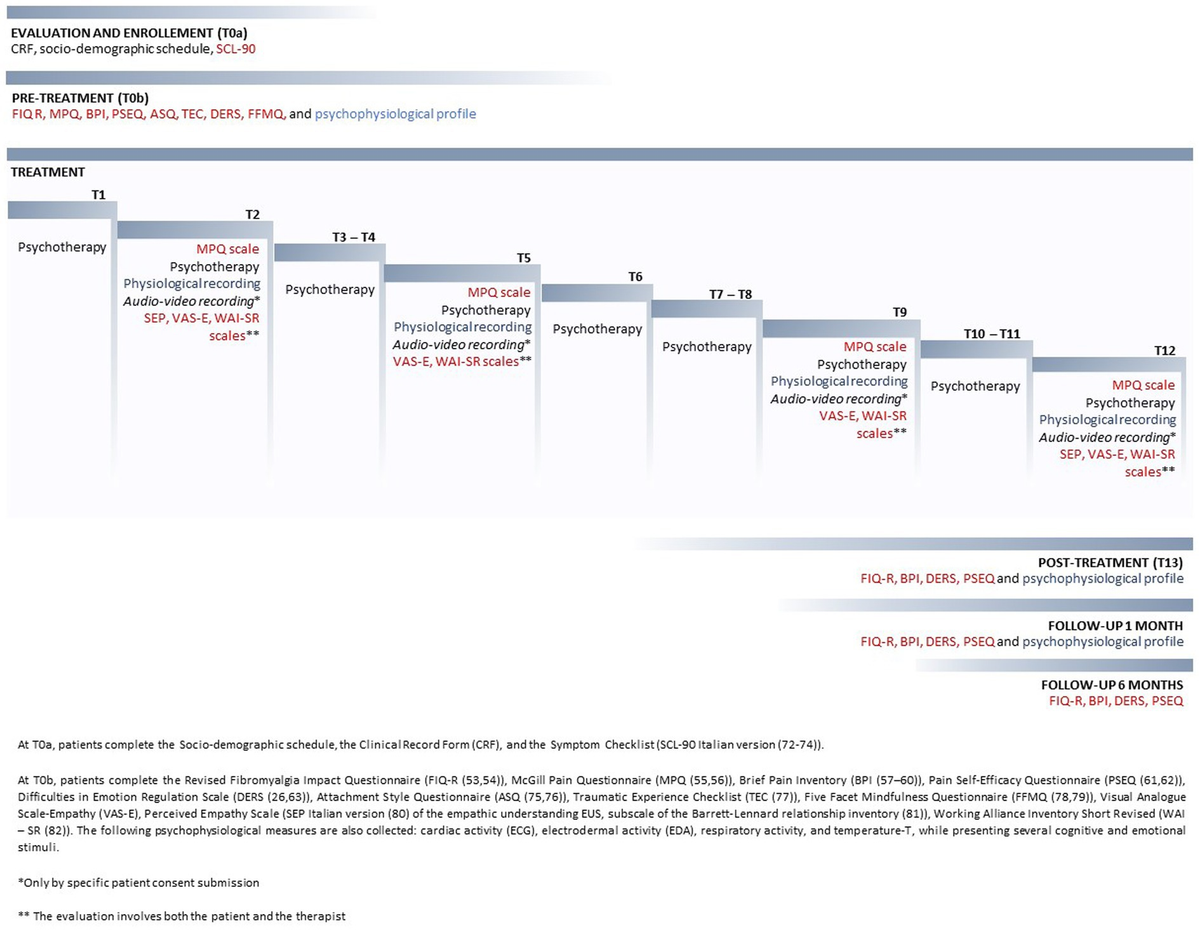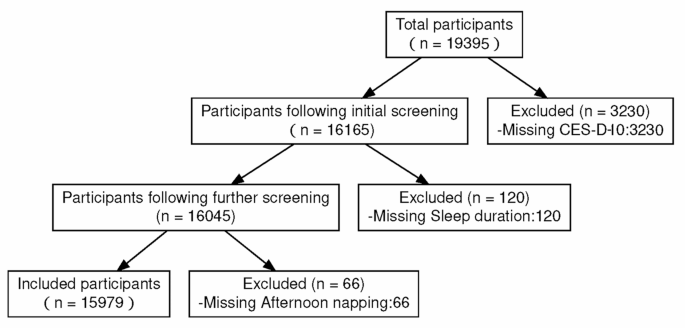In a recent study published in The Lancet, researchers conducted a randomized controlled trial (RCT) to determine the clinical efficacy and cost-efficiency of the WalkBack personalized, walking, and educational intervention program in preventing lower backache recurrence among Australians.

Background
Pain in the lower back is a frequent and adverse illness that causes disability and increases medical expenditures. Recurrence imposes tremendous disability and financial burdens on individuals and society, resulting in extended job absences and increased medical expenses. While exercise may prevent recurrence, the efficacy and cost-efficiency of low-cost therapies like walking are unclear.
Studies have reported that physical activity combined with education can reduce recurrence; however, group-based programs may limit accessibility. Walking improves cardiovascular health and lowers the risk of noncommunicable diseases.
About the study
In the present two-armed RCT, researchers investigated whether walking combined with educational awareness can efficiently and cost-effectively prevent lower back pain recurrence.
The researchers recruited individuals reporting recent recovery from a non-specific lower back discomfort episode lasting >24 hours via community advertising and doctor referrals in Australia. They randomly assigned individuals in a 1:1 ratio to either a tailored walking and educational intervention, which included six sessions performed by physiotherapists over six months, or the control group that received no treatment.
The researchers followed participants for one to three years, depending on their enrollment date. The primary study outcome was the number of days before the initial recurrence of activity-limiting lower back pain episodes, as reported by the study population every month. The researchers assessed cost-effectiveness from a societal standpoint, represented as the additional expense for each quality-adjusted life year (QALY) gain.
They defined non-specific lower back pain referred to as pain lasting ≥24 hours between the 12th rib and buttock crease that clinicians cannot attribute to a specific diagnosis, with pain intensities exceeding 2.0 on a 0 to 10 numerical rating scale and causing some or more interference with routine activities on the modified PROMIS PI9 item. The researchers defined recovery as more than one week, with pain ratings ≤1.0.
The researchers excluded individuals with comorbidities preventing participation in walking programs, walking for physical activity ≥3.0 times weekly (≥30 minutes daily), regular participation in exercise programs to prevent lower back pain recurrence (such as pilates), achieving >150 minutes of moderate to vigorous physical exercise per week (three or more days weekly), spinal surgeries in the previous six months, and pregnancy.
Secondary outcomes assessed every three months included disability [Roland Morris Disability Questionnaire (RMDQ)], health-related quality of life (EuroQoL EQ-5D-5L), physical activity and sedentary behavior (Active Australia Survey, an International Physical Activity Questionnaire (IPAQ)] adaptation), co-interventions, and adverse events, as determined using the International Classification of Diseases, eleventh revision (ICD-11) codes. The researchers used Cox proportional hazard regressions to get the hazard ratios (HR) for analysis. They performed sensitivity analyses with healthcare perspectives and only completed case data.
Results
Between September 23, 2019, and June 10, 2022, the researchers screened 3,206 individuals for eligibility, excluded 2,505 (78%), and randomized 701 to the study groups. Most participants (81%) were female, with an average age of 54 years. The intervention reduced activity-limiting lower back pain episodes (HR, 0.7). The median durations for recurrence of pain for intervention recipients and controls were 208 and 112.0 days, respectively.
The incremental expense for every QALY gain was estimated as AU$7802, indicating a 94% likelihood that the program was economic at a $28,000 paying-willingness cutoff. The number of individuals experiencing one or more adverse events over a year was comparable between intervention recipients (183 out of 351, 52%) and controls (190 out of 350, 54%); however, there were more adverse events associated with lower extremities among intervention recipients and controls (100 vs. 54).
The intervention recipients demonstrated a significant improvement in disability and health-related quality of life compared to controls, with more daily total and brisk steps at three months; however, the step count difference did not persist after 12 months. The Brief Adherence Rating Scale (BARS) intervention adherence scores were 7.3, 6.6, 6.0, and 5.7 at three months, six months, nine months, and one year, respectively.
Conclusion
The study showed that the individualized walking and educational interventional program considerably decreased recurring lower back pain in individuals who had not previously participated in regular physical exercise. The program was cost-effective, safe, scalable, and easily accessible, and it might help with lower back pain treatment. It also alleviated back pain-related impairments for up to 12 months.
The findings indicate that, if broadly implemented, this intervention has the potential to dramatically reduce the personal and social costs associated with lower back pain. Future studies should evaluate the application of this intervention, particularly as part of discharge planning after an acute episode of lower back pain, and its efficacy, whether administered in fewer sessions or by other providers.
Journal references:
-
Natasha C. Pocovi et al., Effectiveness and cost-effectiveness of an individualized, progressive walking and education intervention for the prevention of low back pain recurrence in Australia (WalkBack): a randomized controlled trial, The Lancet. doi:













